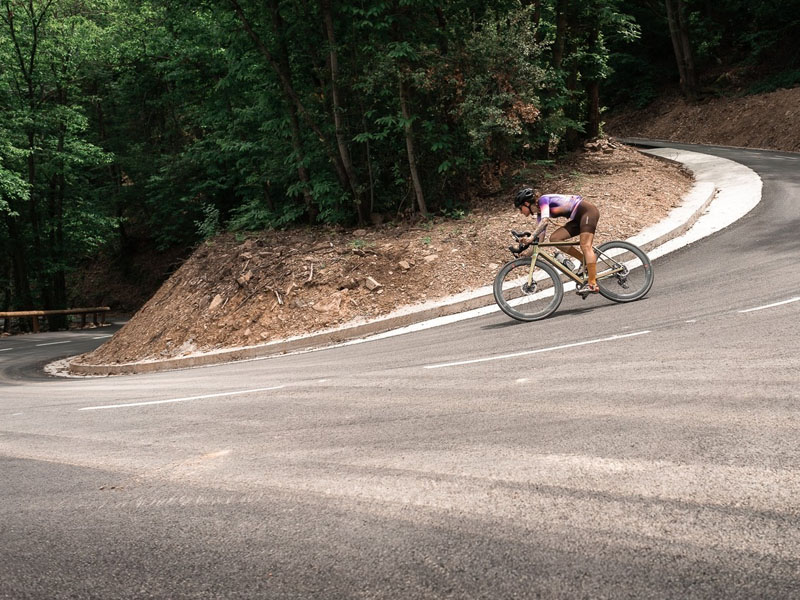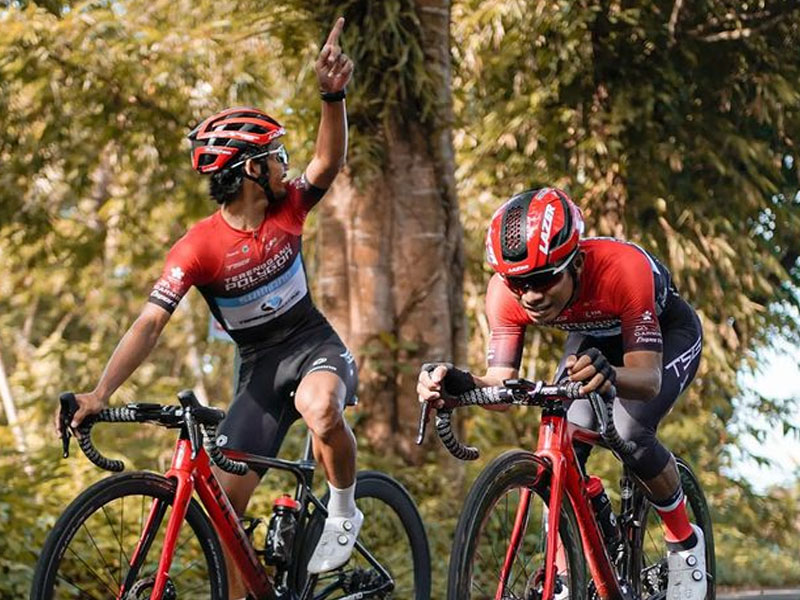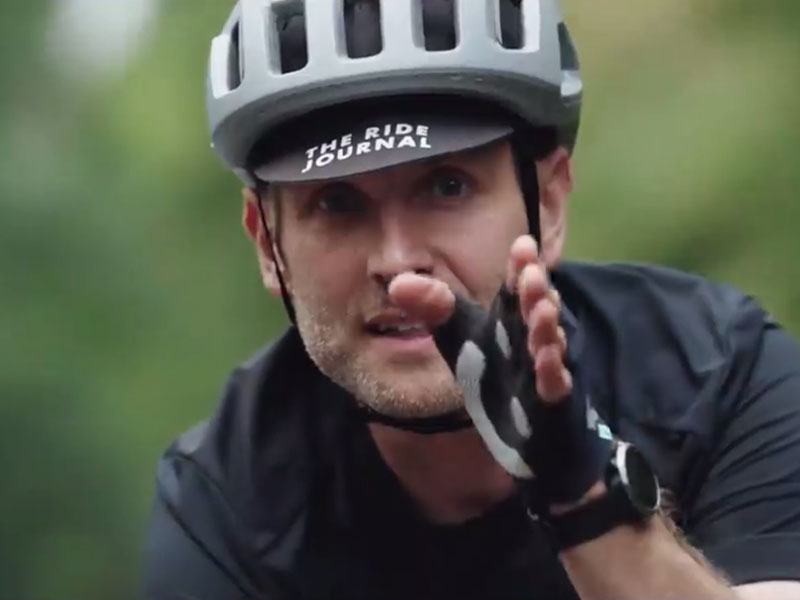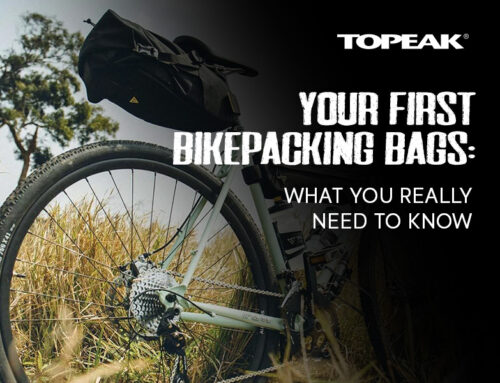Cycling can be an exhilarating and healthy activity, but it also requires a great deal of awareness and communication with fellow cyclists or other road users. Hand signaling is an essential aspect of cycling communication, which can help prevent accidents and keep riders safe on the road. In this article, we’ll cover the most important hand signals that cyclists should know, whether they’re new to cycling or seasoned veterans looking to improve their signalling skills. So, grab your bike and let’s hop on the signals!
1. Making a Turn

Hand signaling for turns is an essential aspect of safe road cycling, and mastering these signals is key to becoming a confident and safe rider. When you’re riding in a group or even alone, it’s important to signal your intentions to other riders and drivers so they know where you’re going.
First and foremost, always remember to check your surroundings before signaling your intention to turn. Look behind you to make sure there are no other riders or vehicles nearby, and if you’re riding in a group, communicate your plan to turn with your fellow riders.
To a left turn signal, extend your left arm straight out to the side, with your palm facing downward. Make sure to reduce the speed gradually as you hold the signal until completing the turn.
To a right turn signal, extend your right arm straight out to the side with your palm facing forward. Make sure to keep your arm at shoulder height and avoid any sudden movements, as this could startle riders around you. Hold the signal until you have completed the turn.
Be aware that turning right might get a little bit trickier because right lanes are where faster vehicles generally are. However, the rules might be reversed in some other regions as the left lanes are the faster ones.
By following these simple hand signals, you can communicate your intentions to other riders and drivers, ensuring a safer and more enjoyable ride for everyone.
Read more: 9 Essential Bicycle Tools Starting from 20 SGD
2. Slowing Down and Stopping

Before slowing down or stopping, always check your surroundings and make sure it’s safe to do so. Look behind you to ensure there are no other riders or vehicles nearby and communicate your plan to slow down or stop with your fellow riders if you’re riding in a group.
To signal that you’re slowing down, expand your left hand out with your palm facing downwards, and move your arm up and down in a patting motion. This signal also tells other riders behind you to slow down. If you’re at the front of the group, make sure to communicate your intention to slow down to the riders behind you before you start patting your hand.
To signal that you’re coming to a stop, you can raise your left hand with the palm facing forward to make it more visible to those behind you. Make sure to slow down or stop gradually and avoid any sudden movements to avoid accidents, especially if other riders are too close to you.
Read more: Best Beginner Cycling Routes for Folding Bikes in Singapore
3. Pointing-out Road Obstacle

When cycling on the road, it’s important to be on the lookout for potential hazards or obstacles that may pose a danger to you and other riders. These obstacles could include potholes, debris, cracks, or a parked car that could cause a fall or collision. To prevent accidents, it’s important to alert other riders of any obstacles that you spot.
To point out an obstacle, use one of your hands to point toward the obstacle while keeping the other on the handlebar. Make sure to point toward the direction of the obstacle and keep your hand outstretched until you’ve passed it. You can also use your voice to call out the obstacle, for example, by saying “Pothole on the right” or “Watch out for the debris ahead“. Make sure to point out the obstacle well in advance so that other riders have time to react and adjust their course.
If you’re cycling in a group, it’s crucial to communicate the obstacle to the other riders so that everyone is aware and can take necessary precautions. Remember that pointing-out road obstacles to other riders are an essential part of keeping yourself and other riders safe. So always stay vigilant and be aware of your surroundings while cycling on the road.
Read more: What You Need To Know When Buying a Road Bike
Conclusion
Cycling is a healthy and exciting activity, but it also requires communication and awareness, especially when riding on the road. Hand signals are a vital part of cycling communication that can help prevent accidents and keep riders safe.
In addition to understanding the hand signals and safety protocols, it’s important that every member of the cycling group understands the significance of these rules and is willing to adhere to them.
Before setting out on a ride, take the time to review the rules with your fellow riders and make sure that everyone is on the same page. Encourage open communication and make it a priority to clarify any doubts or questions that arise.
Maintaining your bike is crucial to ensure that it performs at its best and lasts longer. Before embarking on any ride, it’s always recommended to perform a quick safety check of your bike to make sure that it’s in good condition. This means checking the brakes, gears, tires, and chains to make sure that everything is functioning properly.
Read more: 7 Bicycle Repair Mistakes to Avoid
You might also think about joining the Rodalink community to receive better discounts and offers. Rodalink can be your dependable cycling partner as you live out your adventurous riding dream.






